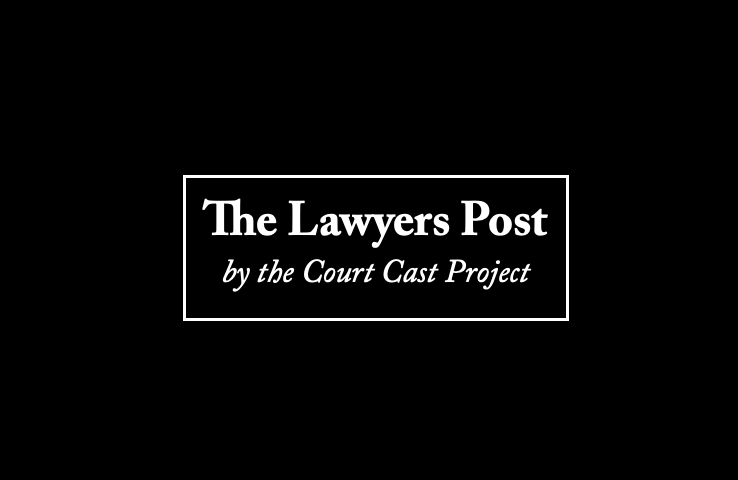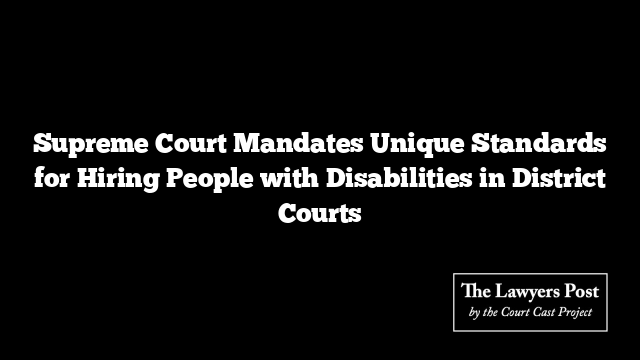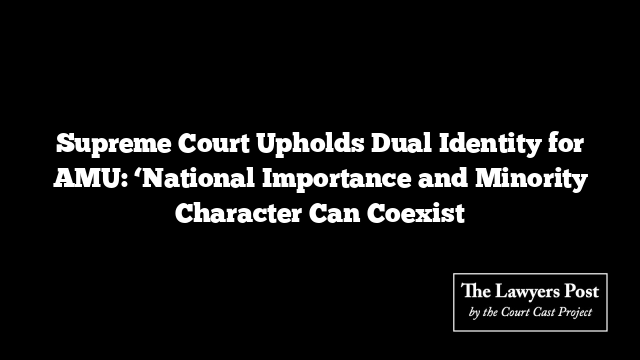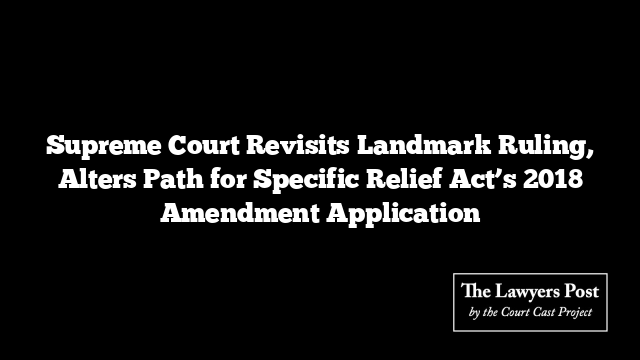In a significant move to enhance inclusivity, the Supreme Court has set clear guidelines on recruiting persons with benchmark disabilities (PwBD) into district judicial roles across India. Spearheaded by Chief Justice DY Chandrachud, with Justices JB Pardiwala and Manoj Misra, the Court emphasized that these directives should guide judicial recruitment processes conducted by High Courts and State Public Service Commissions nationwide.
Key Guidelines for Inclusive Judicial Recruitment:
- Separate Qualifying Marks in Preliminary Exams: High Courts and PSCs are required to establish distinct qualifying marks for candidates with disabilities in preliminary exams. These should be equal to, or lower than, the qualifying marks set for SC/ST candidates if rules allow.
- Distinct Cut-offs for Main Exams: After the preliminaries, a unique cut-off must be established, ensuring a sufficient pool of eligible PwBD candidates (approximately 10-20 times the reserved posts) for the main examination. Separate cut-offs should be in place for varying disabilities, such as:
- Blindness and low vision,
- Deaf and hard of hearing,
- Locomotor disabilities, among others.
- Inclusive Main Exam Criteria: High Courts and PSCs are directed to assign distinct qualifying marks for the main exams, potentially lower than those for SC/ST candidates.
- Separate Cut-off for Interviews: At the interview stage, a further cut-off should be implemented to ensure that a meaningful number of qualified PwBD candidates are considered. This includes candidates meeting criteria under Section 34(1) of the relevant Act.
- Final Selection via Horizontal Reservation: During final selection, PwBD candidates who meet both the main exam and interview criteria should be appointed based on horizontal reservation. This ensures that qualifying candidates can fill General, OBC, SC, ST, and EWS seats, as appropriate.
In addition, the Court reiterated that disability reservations in judiciary recruitment are to be horizontal, treating PwBD vacancies as a distinct classification. Compliance is expected from all High Courts, with rule amendments anticipated to align with the Court’s directives.
The case originated from a letter sent to the Chief Justice by the mother of a visually impaired candidate who faced challenges in accessing judicial employment opportunities. Recognizing the systemic hurdles, the Court initiated a broader examination to ensure equitable access for PwBD candidates in the judiciary.
The Supreme Court has scheduled the matter for further review in two weeks.





